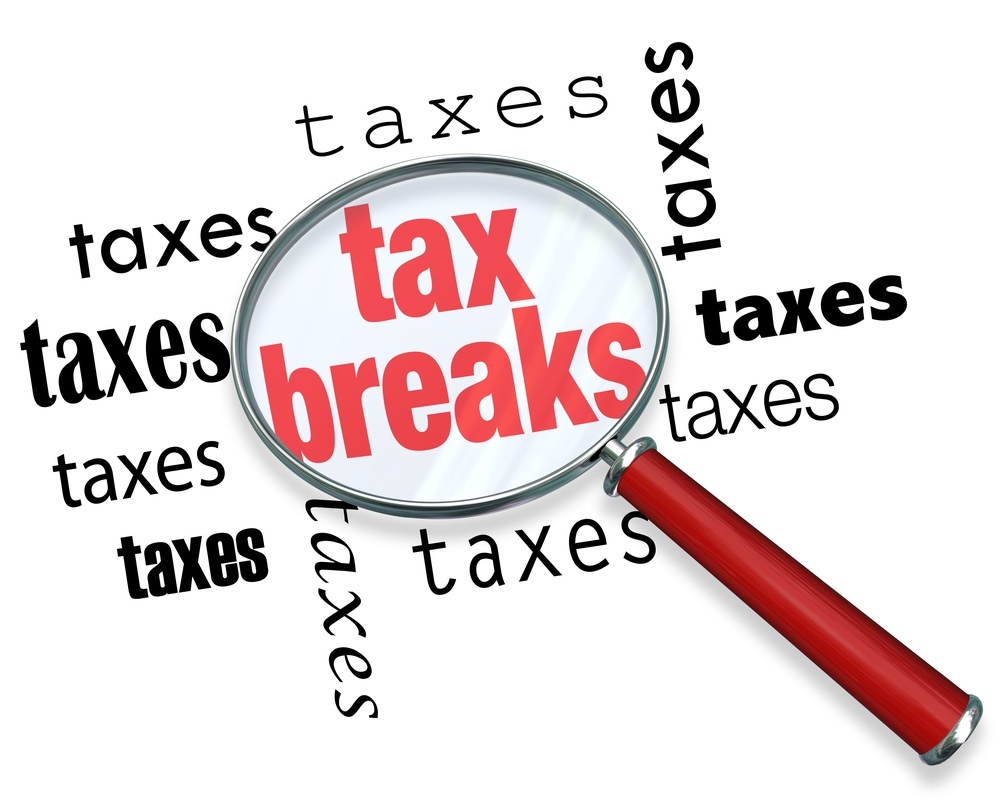When Frank Sinatra sang ‘Fly me to the moon…’ he probably wasn’t thinking that we humans would actually make living on the moon possible. Although that plan is for a couple of years away, you could always start saving up to make it to the moon. Tax saving investment plans could just be the best way to help you get that moolah. Surprised?
Read on to find the top five tax saving investment plans that could get you to the moon, figuratively and literally.
Home Loan Principle:
You may wonder how a home loan can be an investment vehicle. A loan is a liability, but a home loan, being a financial assistance for an appreciating asset (like a real estate investment), the principal portion of a home loan repayment works as an investment.
The principal amount paid on any home loan can be used for availing tax benefits with a maximum deduction of Rs 1, 50,000 under Section 80C of the Income Tax Act. But before you get all set to avail the deduction, it is essential to know that this deduction is not available for any principal amount paid for a property under construction. The deduction is also available only for residential properties and not for commercial properties. The total deduction here is inclusive of all other financial instruments offering tax deductions under Section 80C.
Tax Saving Mutual Funds or ELSS: ELSS or Equity Linked Saving Scheme is one of the most popular tax saving instruments that offers handsome returns. ELSS is a diversified equity mutual fund that has a three year lock in period, which is the shortest amid all tax saving instruments. You can save up to Rs.1 lakh on tax under the ELSS scheme.
ELSS funds give returns ranging from 13% to 22% per annum, depending on the type of fund. The average returns of ELSS funds have been around 17.5%. You can join an ELSS fund with a minimum investment of Rs.500 a month as SIP. Any returns received from equity funds after one year are also tax free.
Tax Saving Fixed Deposits: Tax Saving Fixed Deposits allow you to save tax up to Rs.1 lakh under Section 80C of the Income Tax Act. However, the interest earned from these fixed deposits is taxable as per your income tax slab. Tax Saving Fixed Deposits come with a 5 year lock in period with an average return ranging from 8% to 9% per annum.
Banks do not offer any overdraft facility on these fixed deposit investments, unlike normal FDs. The interest for tax saving fixed deposits is generally compounded quarterly and gets reinvested into the fixed deposit along with the principal amount.
National Savings Certificates (NSC): National Savings Certificates are also tax free deposits allowing you to save up to Rs.1.5 lakhs under Section 80C of the Income Tax Act. Any deposits made under NSC, however, are not tax free as understood wrongly by many investors. But the interest earned can be re-invested to save tax under the same section.
NSC investments can be made at your nearest post office. NSC investments come with options of a lock-in period for 5 years and 10 years. The rate of interest for investments made under NSC is fixed at 8.50% for five years and 8.8% for ten years. The minimum investment here can be as low as Rs.100.
Rajiv Gandhi Equity Saving Scheme (RGESS): Rajiv Gandhi Equity Saving Scheme (RGESS) offers tax savings up to 50% of the invested amount for the first year for a first time investor. So if you are a first time investor, you can claim a deduction of 50 percent of the invested amount subject to a maximum deduction of Rs. 50,000. However, the deduction can be claimed by only those who have an annual income below 10 lakhs.
The attraction of RGESS is that the deduction offered under it is applicable for money over and above the Rs. 1.5 Lakhs limit available under Section 80C. This scheme has reported returns of about 9.6% during the last financial year.
Illustration:
Let us take the case of Amit Dwivedi. His taxable income is Rs.4 lakhs and he is paying Rs.1 lakh as the principal for home loan, for which he will get complete tax deduction. Ram is planning on other investments to save tax as below:
ELSS: Rs.50,000
NSC: Rs.25,000
FD: Rs.50,000
RGESS: Rs.50,000
As the maximum limit for Section 80C is 2 lakhs, he needs to invest only Rs.25,000 in FD, instead of Rs.50,000. He will then avail maximum deductions under Section 80C.
He gets an additional deduction of Rs.25,000 under RGESS ( 50% of the invested amount, above Section 80C). Now he saved a total of Rs.2,25,000 on tax.
If the interest part of his home loan is Rs.1,75,000, he can now claim tax deduction for it under Section 24. If his home loan interest is not around Rs.1,75,000, he will have to find some other options, like health insurance, to get complete tax deduction for Rs.4 lakhs.
So, get ready to save tax for the current financial year with a promise of good returns on your investments on maturity.
Who knows, maybe Frank Sinatra was serious after all when he sang, ‘Let me see what spring is like on Jupiter and Mars’. Surely a couple of decades down the line, this could be possible too and your investment might just take you there.

Pingback: How Offshore Companies Work | BankBazaar - The Definitive Word On Personal Finance